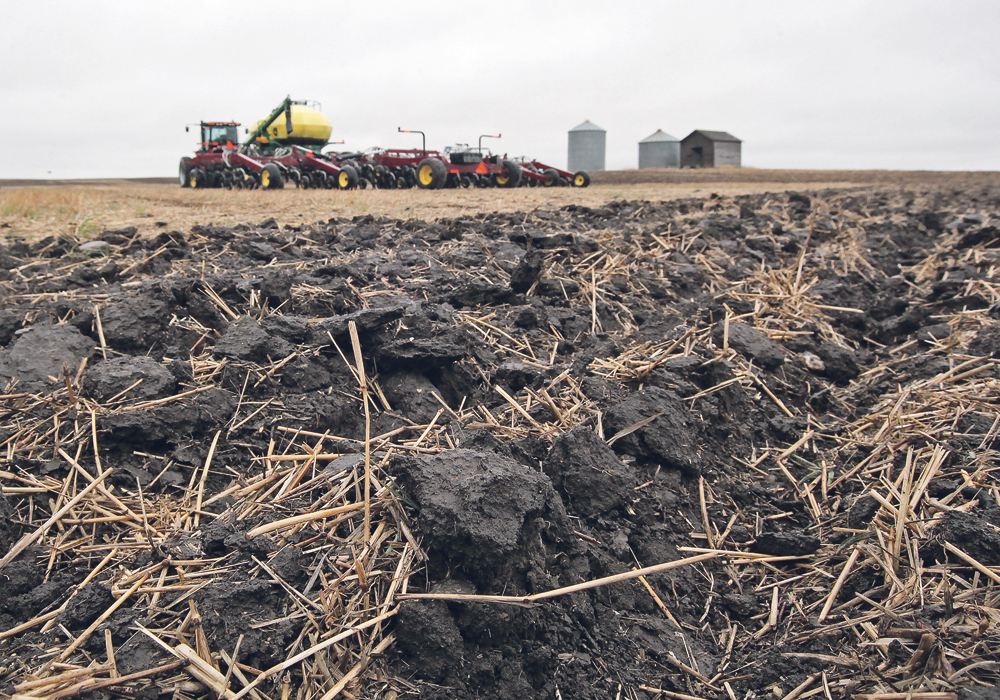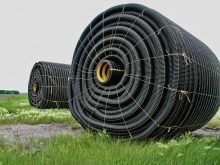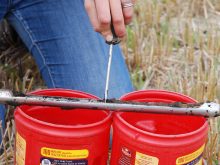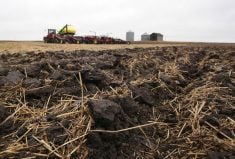Most farm machinery manufacturers don’t seem to care much about soil health, say a number of soil scientists at the University of Manitoba.
That’s a problem because many of them make machines that damage soil and undermine the sustainability of today’s farms.
“They’ve doubled the speed and they’ve dramatically increased the (soil) degradation,” said David Lobb in a meeting with Manitoba agricultural journalists. “They’re really not interested in soil conservation.”
That might be news to many farmers, who use contemporary machinery to employ minimum tillage, precision farming and customized settings. But as machines are moving faster and faster and getting bigger and bigger, it leads to more soil disturbance.
Read Also
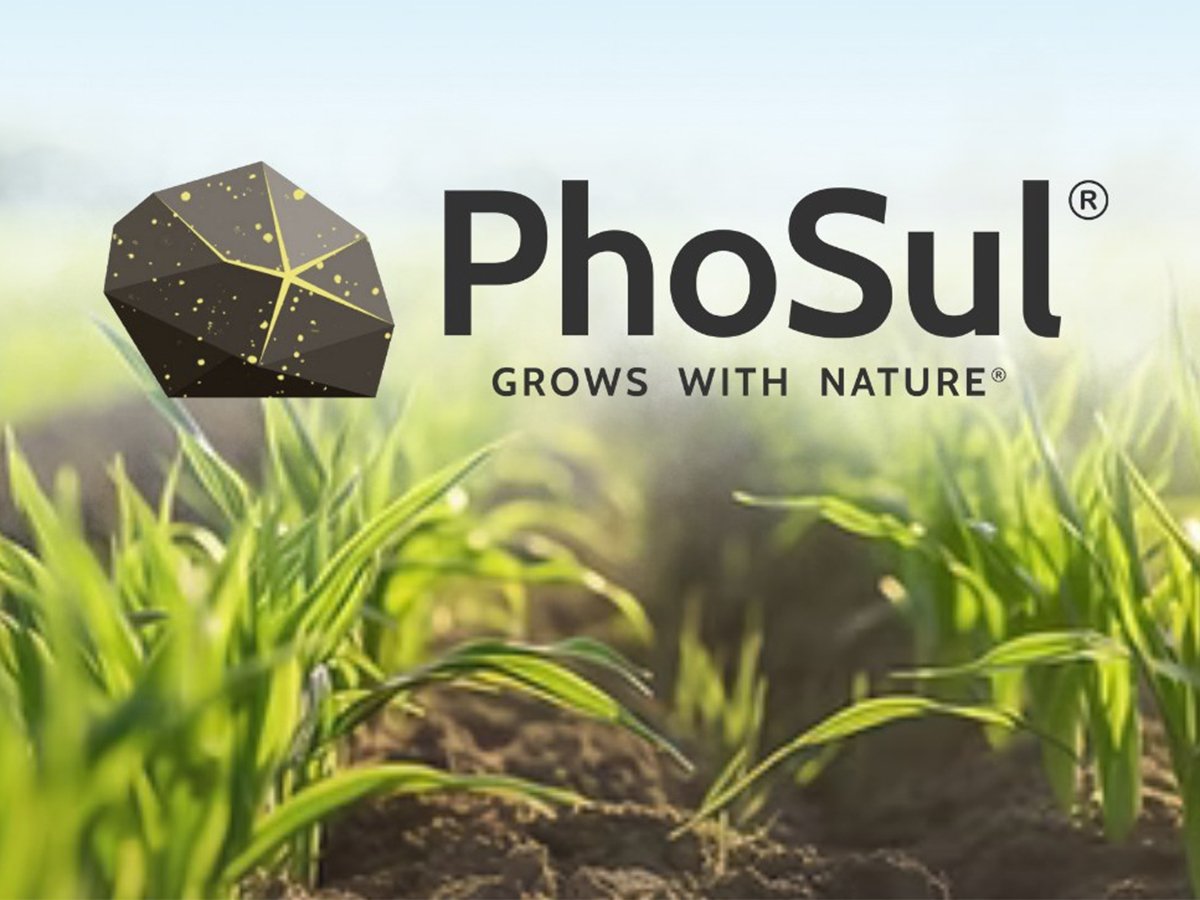
New fertilizer product aims to reduce tie-up, improve soil health
A new phosphorus fertilizer, launched at Ag in Motion 2025, promises to reduce nutrient tie-up and deliver slow-release feeding throughout the growing season.
“We create them, we bring them, we adapt them, but the impact on the soils is an afterthought,” said Afua Mante, who originally trained as an engineer but became a soil scientist through a focus on bioengineering.
“Fast, let’s move fast (is the manufacturers’ focus.) I don’t blame the farmers for wanting to move fast during that short season. But one thing we are missing is, there is a disconnect between the agricultural industry and the engineering community.”
Lobb said farm soils across North America are degrading due to high disturbance activities that look less negative than plowing but still affect land value.
“Things at best are steady state, but likely getting worse in almost every area,” said Lobb. “Almost all of (the soil health measures), they’re getting worse.”
Henrique Carvalho, a soil scientist with the U of M, said soil conservation efforts began with a focus on avoiding soil erosion, but in recent decades have become more sophisticated and include physical, biological and chemical interactions within the soil.
Those “are what you want to keep, otherwise you’re making your entire operation unviable,” said Carvalho. “How can you, within an agricultural system, incorporate some of those good aspects?”
Lobb said he has contacted machinery manufacturers several times to express his concerns that some approaches damage soil without farmers being aware of that impact. The manufacturers don’t react well to those calls.
“They’re interested in things they think the farmers are most interested in, which is reduced input costs, not longevity of the soil resource productivity,” said Lobb. “It’s bizarre.”


